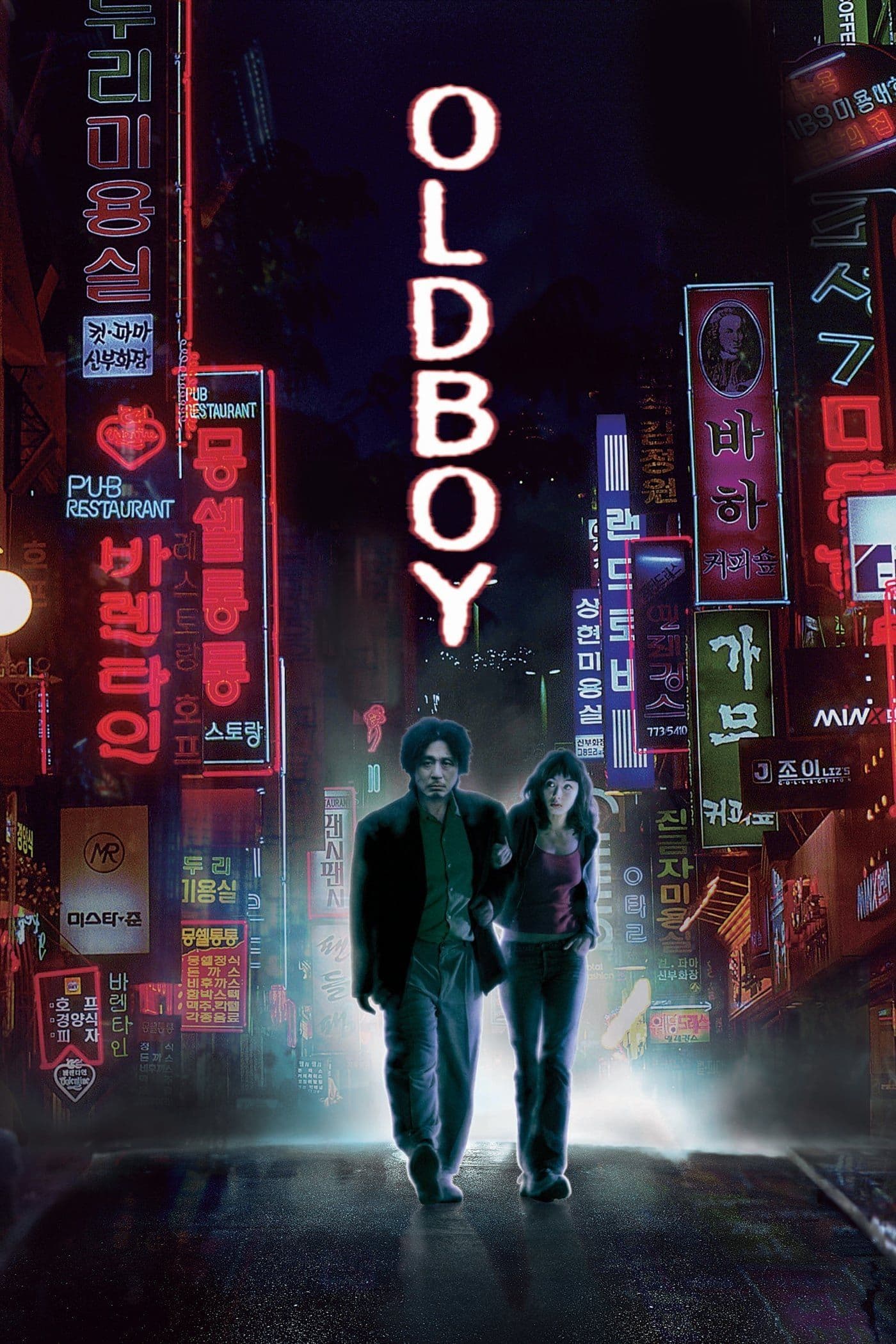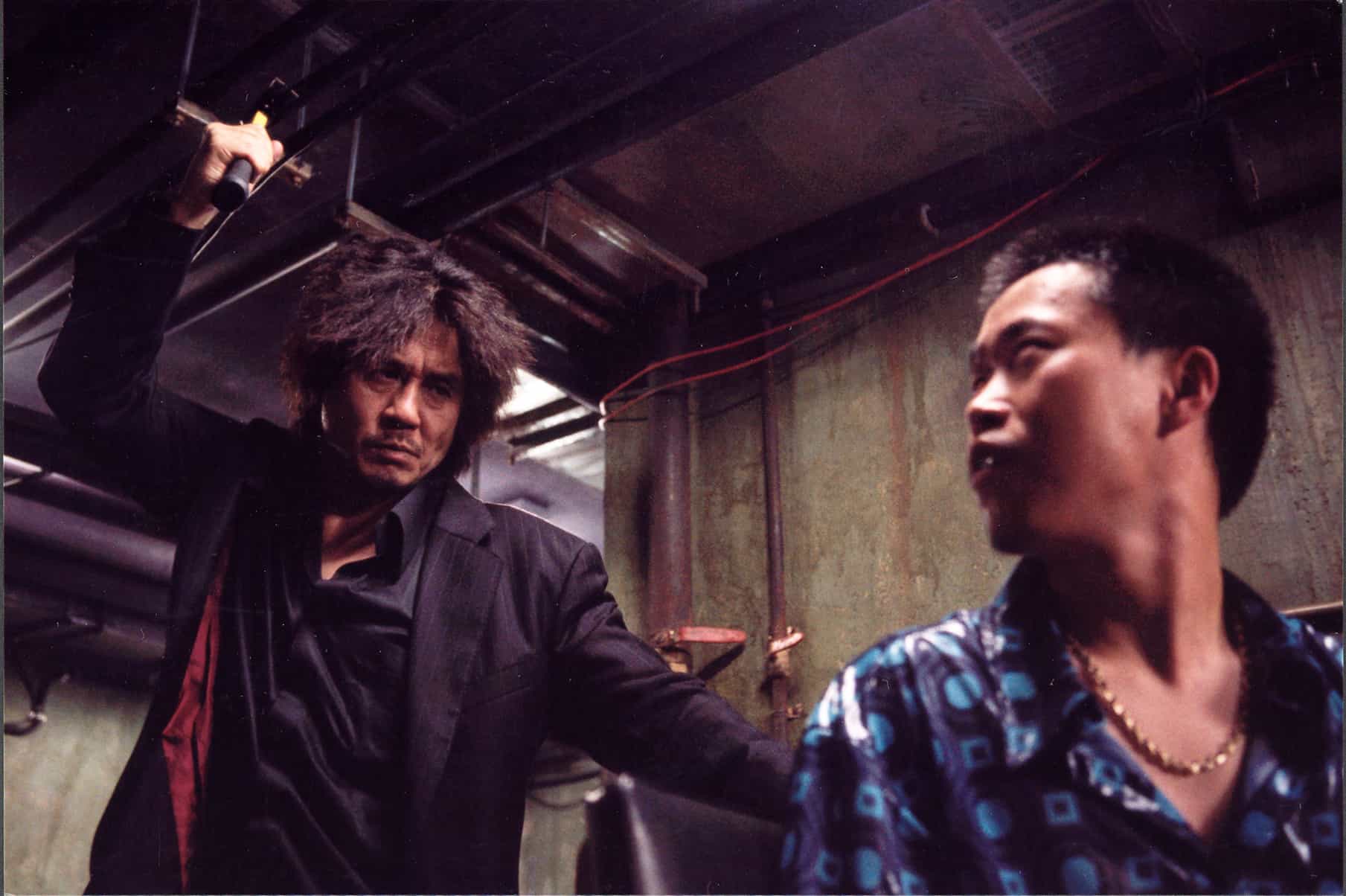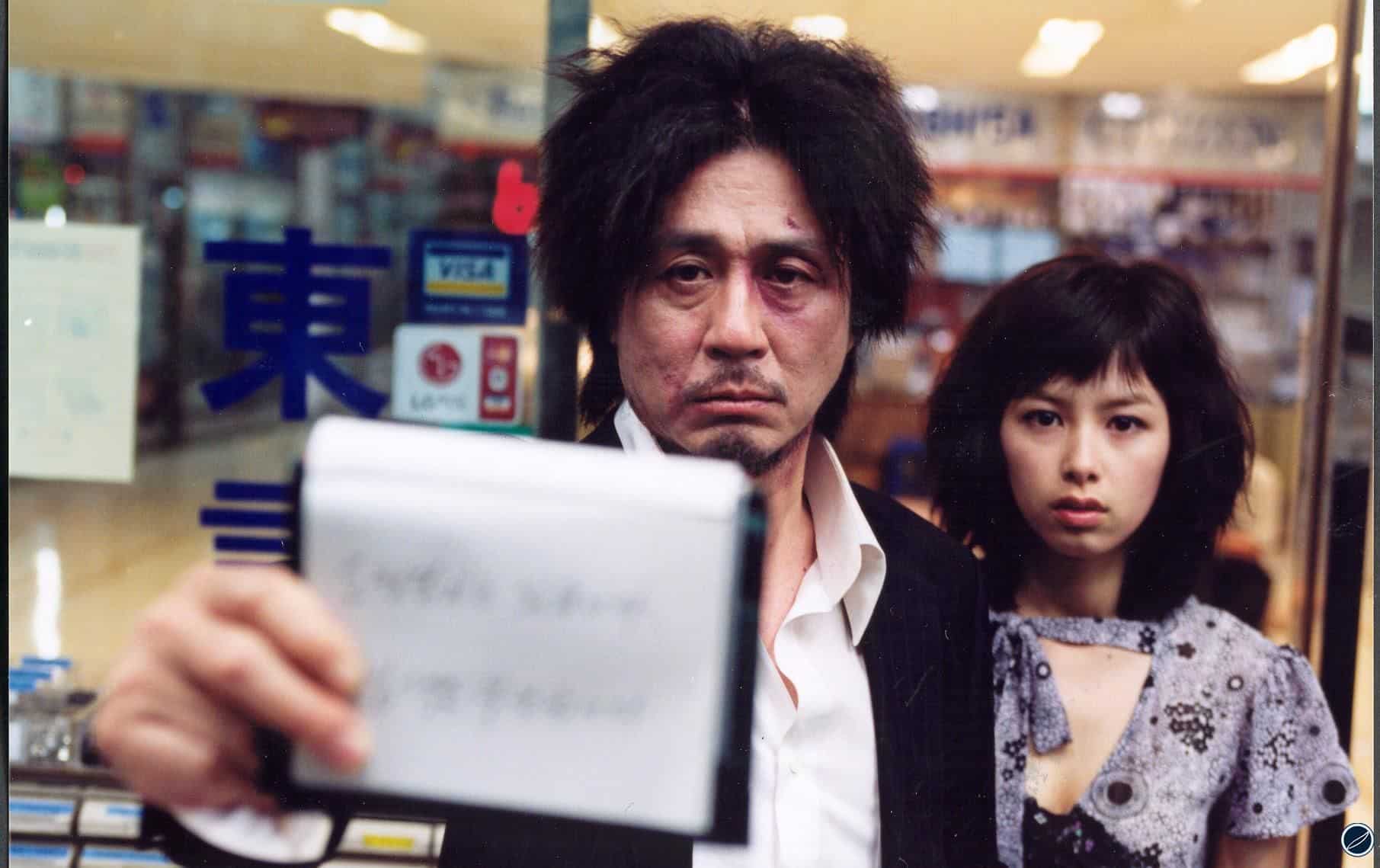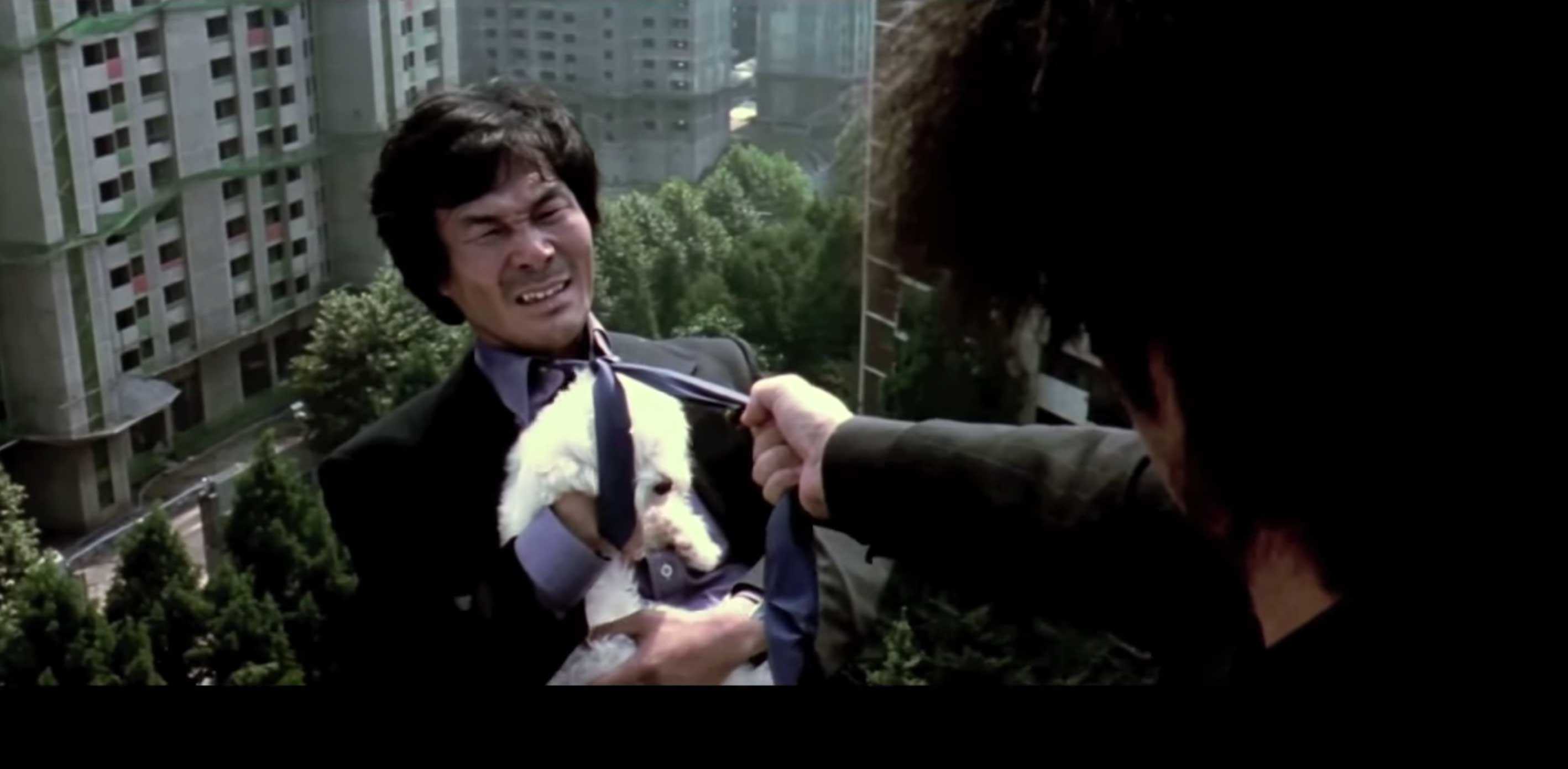
Oldboy
2003
Rate this movie
Average: 4.00 / 5
(1 votes)
Director
A Korean film with an innovative and original concept, beautifully shot and acted, based on a manga by Garon Tsuchiya, written and directed by Chan-Wook Park, who with this film continues his Vengeance Trilogy project, which began with Sympathy for Mr. Vengeance (2002) and concluded with Sympathy for Lady Vengeance (2005). Park's work, particularly this milestone, transcends mere genre labels to elevate itself to a philosophical examination of the nature of evil, justice, and retribution. With Oldboy, the Korean director does not merely narrate a story of vengeance, but explores its abyssal psychological and moral implications, depicting it not as catharsis but as an endless labyrinth, an inescapable spiral that devours every glimmer of hope and every vestige of humanity. It is a manifesto of the New Korean Wave which, at the turn of the millennium, erupted onto the global scene with unprecedented visual and narrative force, rewriting the rules of arthouse and genre cinema with masters of the caliber of Bong Joon-ho and Kim Ki-duk.
Dae-Su is imprisoned for fifteen years for no apparent reason, confined in a small apartment, regularly fed and plied with TV and psychotropic drugs. After fifteen years of that domestic hell, the man is narcotized and wakes up in a suitcase, outdoors, finally free. This imprisonment is not only physical but profoundly existential: it is a cruel experiment on the resilience of the human psyche, a sensory and social deprivation that transforms the individual not into a resolute hero à la Dumas, but into a wounded animal, shaped by resentment and a primordial desire to understand. Television, far from being a window to the world, proves to be an additional torture instrument, an uninterrupted stream of distorted images and news that only in rare and mocking instances connect to his past, keeping alive an insatiable hunger for truth. It is in this cell that Dae-Su, like a modern Odysseus trapped by an invisible cyclops, self-disciplines, trains himself in combat, physical and mental resistance, almost presaging that his "freedom" will only be the beginning of a much greater challenge, orchestrated by a diabolical mind.
The theme of solitude contrasted with that of suffered injustice becomes a sharp instrument of redemption, first with virulent force then almost with subtle and impalpable stubbornness, until he reaches the man hidden behind all this. But perhaps even this vengeance pursued with such devastating tenacity is merely part of the plan. Park Chan-wook demolishes any pretense of vengeful catharsis, showing how the true horror resides not in the act of retaliation, but in its unstoppable logic and its aberrant consequences. The concept of "justice" is distorted, overturned, until it becomes a tool for further suffering, a toy in the hands of those in control. One witnesses a disturbing exploration of the concept of free will: does Dae-Su choose his vengeance or does his vengeance choose him, in a premeditated design that always had him as a pawn? This ethical and existential dilemma permeates every frame, leading the viewer to question their own morality and the fragility of certainties.
Dae-Su is a lonely man, perhaps the absolute emblem of solitude, without any correlation, without emotional connections, who learns to love and finds himself a lover, before discovering the mocking trap his tormentor had sadistically prepared for him. When he manages to break free from the spiral of determinism set up for him, he will understand who and why this was done to him. His odyssey is not a journey of discovery but of self-destruction, where love, the only glimmer of human connection granted to him, reveals itself to be the final and most atrocious piece of the torment mosaic. In this, the film takes on resonances of Greek tragedy, with an inescapable destiny that unfolds through the ignorance and innocence of the protagonists, culminating in an anagnorisis that, far from bringing relief or clarity, casts an even darker shadow over every certainty. The parallelism with classical myths, particularly the tragedy of Oedipus, is palpable, but Park pushes the horror beyond the divine and the fatal, embedding it in the purest human sadism and the deepest psychological trauma, elevating the narrative to an archetype of human suffering and cosmic punishment.
The director's gaze distorts the conventional image of the thriller, creating a dark and aseptic work, disturbing in its unpredictable developments, characterized by a myriad of variables, marked by the swiftness of events and the succession of plot twists. And we willingly fall into its iconographic trap; indeed, we remain fatally subjugated by it. Park Chan-wook is a master of mise-en-scène who utilizes every element – from the desaturated and claustrophobic cinematography to the bold use of color (especially red, a symbol of violence and passion), from the dreamlike and disturbing soundtrack (with its waltz notes and operatic themes) to the tight and sometimes almost experimental editing – to instill a palpable sense of anguish and disorientation. The celebrated corridor fight sequence, shot in a single take of over three minutes, is a technical and choreographic marvel that transforms brutality into a form of macabre dance, a visual testament to Dae-Su's relentless determination. But beyond the pure technical prowess, it is Park's ability to manipulate the viewer's perception, to make them identify with the horror and the thirst for vengeance, and then to reveal its futility and devastating irony, that makes Oldboy not only a masterpiece of Korean cinema but one of the most influential and discussed works of the 21st century. The film does not offer easy answers, but poses uncomfortable questions, forcing us to confront the darkest recesses of the human psyche and the insidious nature of revenge.
Country
Gallery







Comments
Loading comments...